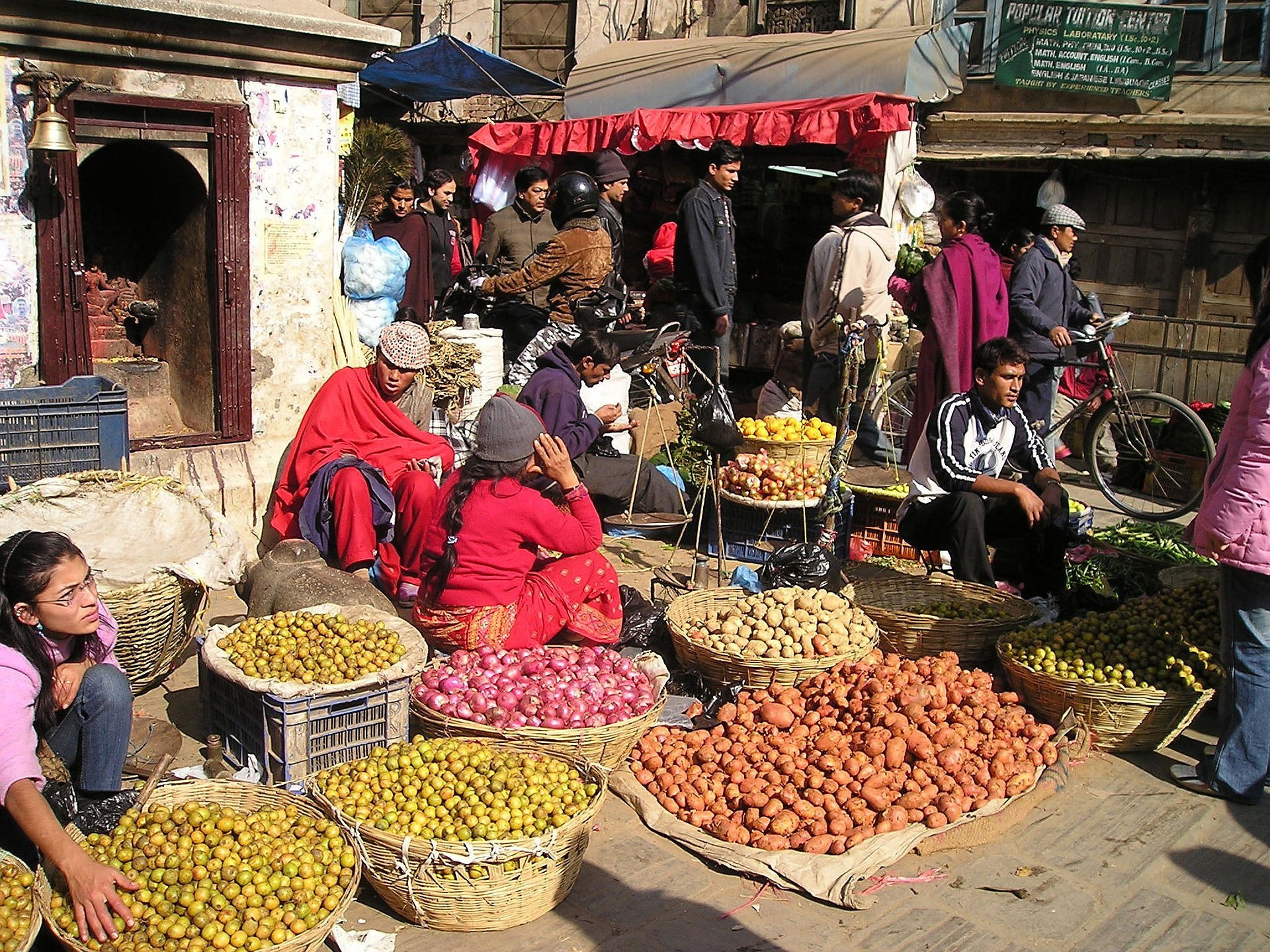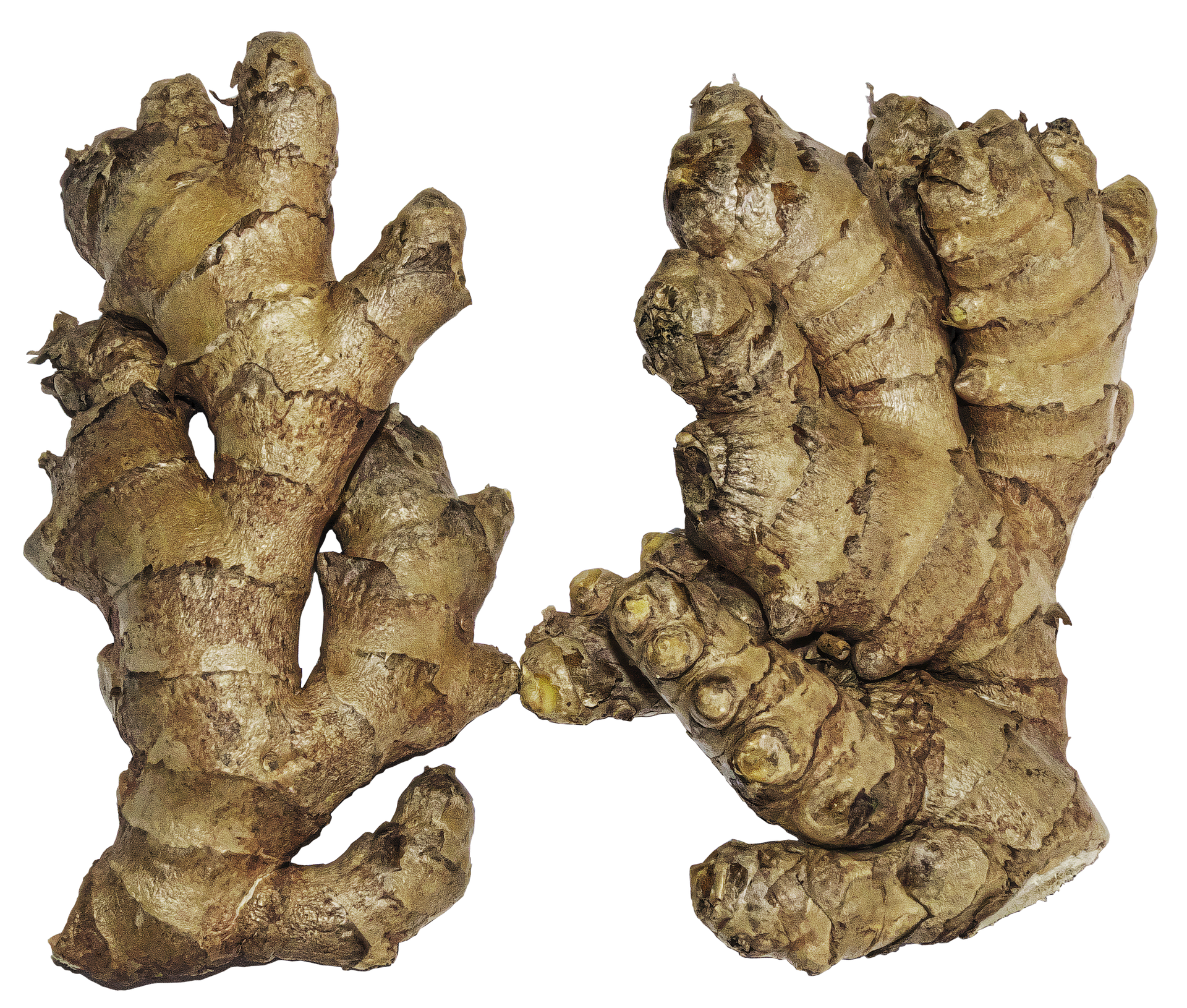Fresh Ginger in Nepalese Living

Ginger, a popular spice known for its unique flavor and aroma, has been an integral part of Nepalese living for centuries. The use of fresh ginger in Nepalese cuisine and traditional medicine dates back to ancient times. Today, ginger has gained significant recognition worldwide for its numerous benefits in healthcare, culinary arts, and beyond. In Nepal, ginger farming and processing are key economic activities that support thousands of local families. This article examines the contribution of fresh ginger to Nepalese living, exploring its medicinal properties, usage in Nepalese cuisine, farming and harvesting techniques, processing methods, economic impact, and cultural significance.
1. Introduction to Ginger in Nepalese Living
History of Ginger in Nepalese Culture
Ginger has been a part of Nepalese culture and traditional medicine for centuries. It is believed that ginger was brought to Nepal from Southeast Asia and India for medicinal purposes. In ancient times, ginger was considered a luxury spice and was used in religious ceremonies and weddings. Today, ginger is an integral part of Nepalese cuisine and is used in almost every household.
Ginger as a Staple Ingredient in Nepalese Cooking
Fresh ginger is a go-to ingredient in Nepalese cooking, providing a unique flavor and aroma to dishes. Nepalese cuisine is known for its use of spices, and ginger is one of the most popular. It is used in curries, soups, stews, pickles, and chutneys, adding a zingy flavor to the dishes.

2. Medicinal Properties of Fresh Ginger
Antioxidant and Anti-inflammatory Effects
Ginger is a powerful medicinal herb that has anti-inflammatory and antioxidant effects. The anti-inflammatory compounds in ginger help reduce inflammation in the body, reducing the risk of chronic diseases such as heart disease, diabetes, and cancer. The antioxidant properties of ginger help fight against free radicals, which can cause cell damage and aging.
Ginger's Role in Digestion and Nausea Relief
Fresh ginger has long been used for digestive problems, including bloating, gas, and indigestion. Ginger contains compounds that stimulate the digestive system, improving digestion and reducing symptoms of nausea and vomiting. In Nepalese households, fresh ginger tea is a popular drink for digestive relief.
Ginger's Benefits in Fighting Cold and Flu
Ginger's powerful medicinal properties also make it an effective natural remedy for cold and flu symptoms. Ginger has antibacterial and antiviral effects that help fight off infections. It also contains compounds that can relieve sore throats, coughs, and congestion. Drinking fresh ginger tea is a common remedy for cold and flu symptoms in Nepal.

3. Usage of Fresh Ginger in Nepalese Cuisine
Traditional Dishes that Use Ginger as a Key Ingredient
Fresh ginger is a key ingredient in many Nepalese dishes. One of the most popular dishes that use ginger is aloo tama (potato and bamboo shoot curry), which includes fresh ginger along with garlic, onions, and tomatoes. Ginger is also used in momos (dumplings), chow mein (stir-fried noodles), and thukpa (noodle soup).
Modern Fusion Dishes Incorporating Ginger
In recent years, modern fusion dishes incorporating fresh ginger have become popular in Nepal. Ginger fried rice, ginger chicken, and ginger fish are some examples of fusion dishes that use ginger in unique and delicious ways.

4. Ginger Farming and Harvesting in Nepal
Climatic Conditions Required for Ginger Cultivation
Ginger is predominantly grown in the eastern and central regions of Nepal, where the climate is warm and humid. The ideal temperature for ginger cultivation is between 20 and 30 degrees Celsius, with high humidity and rainfall.
Ginger Planting, Care, and Harvesting Techniques
Ginger is typically grown from ginger rhizomes, which are planted in soil and covered with a layer of mulch. Farmers must ensure that the soil is well-drained and provide adequate water and nutrients for the plant. Ginger takes about 8-10 months to mature, and farmers must carefully harvest the ginger roots to avoid damaging them. In Nepal, ginger is primarily harvested by hand, with farmers using a digging fork to carefully extract the ginger roots from the soil.

5. Traditional and Modern Methods of Ginger Processing
Ginger is an important spice in Nepalese cuisine, and its processing is an age-old tradition. Traditional methods of processing ginger involve sun-drying and kiln-drying. Sun-drying is the most common method, where the freshly harvested ginger is first washed and then laid out on a raised platform to dry under the sun. This method produces mildly dried ginger that retains its essential oils and aroma.
Kiln drying, on the other hand, is a faster method of processing ginger, where the freshly harvested ginger is immediately placed in a heated kiln to dry. This method produces a stronger and spicier ginger flavor that is commonly used in making ginger candies and other confectionery items.
In modern times, Nepal has adopted advanced processing methods that involve sorting, cleaning, and packaging. The processed ginger is then sold to domestic and international markets.
6. Ginger Trade and Economic Impact in Nepal
Ginger is one of the most important cash crops in Nepal, and its economic impact on the country is significant. Nepal has established trade relations with several countries, including India, China, and Bangladesh, for the export of fresh and processed ginger.
China is one of the largest importers of Nepalese ginger, followed by India. The ginger trade has also created employment opportunities, particularly in rural areas where ginger farming is a significant source of income for farmers.
The contribution of ginger farming to Nepal's GDP is significant. In 2020, Nepal's ginger exports were valued at around $41.5 million, indicating steady growth in the ginger trade and the economic impact of ginger farming.

7. Ginger's Role in Nepalese Culture and Festivals
Ginger plays a vital role in Nepalese culture, particularly in traditional medicine and Ayurveda. Ginger is used as a natural remedy to treat several ailments, including colds, coughs, and digestive problems. Its anti-inflammatory and antioxidant properties also make it a popular ingredient in herbal medicines.
Ginger's role in Nepalese festivals and celebrations is also significant. During the Nepalese New Year or "Baisakh," ginger is a key ingredient in making "Kwati," a traditional Nepalese soup. Ginger is also used in making "Gundruk," a popular fermented vegetable dish that is often served during festivals and special occasions.
In conclusion, ginger's contribution to Nepalese living extends beyond its culinary uses, as it has significant economic and cultural significance. Its cultivation and processing are vital to Nepal's economy, while its health benefits and use in traditional medicine make it an essential ingredient in Nepalese culture and festivals. In conclusion, fresh ginger has undoubtedly played a substantial role in Nepalese living, from its cultural and gastronomical significance to its economic contributions. Its numerous benefits in healthcare and culinary arts have made it a valuable ingredient, not just in Nepal but around the world. As the demand for ginger continues to rise globally, it is essential to ensure sustainable farming practices to safeguard the health and livelihoods of farmers and consumers alike.

FAQ
What are the medicinal properties of fresh ginger?
Fresh ginger has numerous antioxidant and anti-inflammatory effects, making it beneficial for various health conditions such as nausea, indigestion, and colds. It also has anti-cancer properties and can improve brain function.
How is fresh ginger used in Nepalese cuisine?
Fresh ginger is a staple ingredient in Nepalese cooking and can be found in a wide range of dishes, from meat-based curries to vegetarian stews and chutneys. Some popular dishes that use ginger include aloo tama, momo, and thukpa.
What is the economic impact of ginger farming in Nepal?
Ginger farming is a significant source of income for thousands of Nepalese farmers, particularly those in the mid-hills region. The export of ginger also generates revenue for the country's economy, contributing to its GDP.
What is the cultural significance of ginger in Nepal?
Ginger has been an essential part of Nepalese culture for centuries, with traditional medicine and Ayurveda using it for its numerous health benefits. Ginger is also an important ingredient in Nepalese festivals and celebrations, where it is used in various foods and drinks.